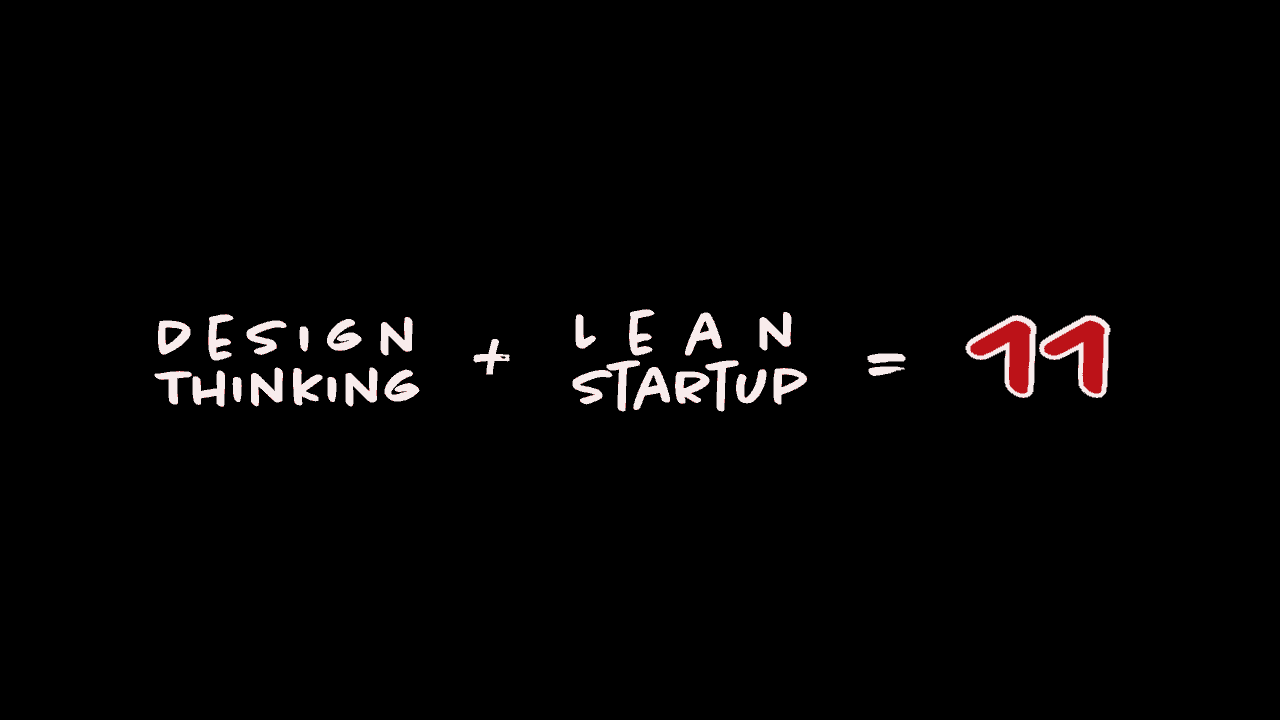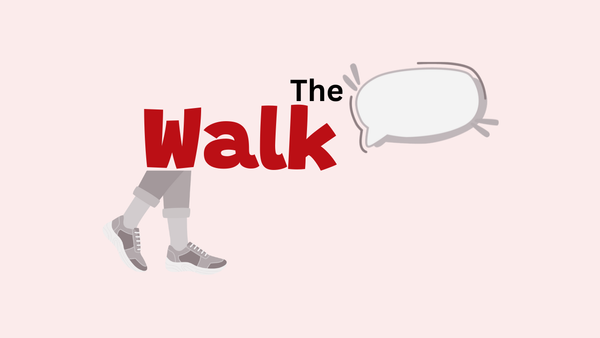How I Mix Design Thinking & Lean Startup

Many things have been said about these two, but not so much about how to use them in conjunction. Hence, my purpose in this post is to share with you how I use them together.
But first, why should you use them together? In my opinion, Design Thinking has something Lean Startup desires: empathy; while Lean Startup shines in something the former lacks: discipline.
Empathy and discipline are the salt & pepper of every great innovation project. The first one will point you to a problem worthwhile tackling, one that someone deeply cares about. The second one will lead you to a practical solution, one experiment at a time.
Without these ingredients, you may end up either with a superb concept but too complex to implement (empathy but no discipline), or a never ending spiral of “correctly” designed experiments that takes you nowhere (discipline but no empathy).
So, without further ado here’s my one-two combo:
Left kick: Design Thinking
Design thinking is great at building empathy, framing problems, and brainstorming solutions, but not so great at scaling prototypes
As you might agree, Design Thinking really shines in helping you step in someone else’s shoes, discovering a pressing need this person would love to solve, and finding multiple ways to tackle it. However, as soon as you start prototyping the most promising idea and receive feedback from users, things can get foggy. At this stage your team may ask things like these: “Now what?;” “How and when, we move from this quick prototype to a full fledged solution?;” “How can we filter the signal from all the noise we got from feedback?.”
Here’s when Lean Startup can provide a sound answer to those dilemmas. It will help you focus on the very essence of your idea and implement it, one step at a time. How?
Want to stay on the loop? Subscribe for free.
Uppercut: Lean Startup
Lean Startup is great at scaling prototypes, but not so much at building empathy, framing problems, or brainstorming solutions.
The first thing Lean Startup brings to the table is the notion of the riskiest assumption. To put it simply, this is what you blindly assume about your brilliant idea (or user or problem) that if proved wrong will destroy any chance for your idea to succeed. For example: I gave her a box of chocolates because I thought she would loved them, but it turns out she’s allergic to chocolate…
My riskiest assumption: of course she loves chocolates!
My brilliant idea: to give her a box of chocolates.
Reality: she is allergic to chocolates.
Hence, a good practice you might introduce in your Design Thinking process is to identity the riskiest assumption and test out its validity as soon as you can. So, how to test it out? Lean Startup might help with that too by turning your prototypes into experiments. To do so, I use a modified version of Javelin’s experiment board. But hey, let’s not get lost in so many details just yet. Here are 4 questions to build a quick yet powerful experiment:
1) What’s our riskiest assumption?
2) How can we test its validity? (i.e. interviews, observations, interactions with prototypes, etc.)
3) How are we going to measure the results of the experiment? (i.e. counting types of responses, reactions, etc.)
4) Which’s our success criteria? Or which results should we obtain from the measurements to declare our riskiest assumption as right? (i.e. 9/10 or 90% of people should react favorably with the prototype — or something like that, this is really a case by case situation — )
Once you answer these questions and take care of the physical and logistical aspects, you can go out there and run the experiment.
After the experiment, you can return to your board to distill new insights and contrast the results with your success criteria. Depending on your results, you can take any of these pathways: persevere, pivot or iterate, as the Lean Startup lingo proposes.
• Persevere: this is when you confirm that your riskiest assumption was right. In other words, the results of the experiment were equal or greater than your success criteria (i.e 10/10 or 100%). Decision: in this case you can move on and test the next riskiest assumption and/or increase the complexity of your prototype.
• Pivot: this is the opposite scenario. Your riskiest assumption was wrong (i.e 4/10 or 40%). Decision: now you need to come up with a completely new idea (or even a new problem and/or user) and, of course, a completely new experiment to test your new riskiest assumption.
• Iterate: this is the case when the results obtained aren’t conclusive so you can’t firmly decide if your assumption is right or wrong. Decision: if this happens you need to change some variables in your experiment and run it again.
So now the idea is to advance with your solution one experiment at a time. And this is how I use Design Thinking at the beginning of the process and finish it with Lean Startup (or a combination of both).
More details? Hey, if you have any doubt or comment please let me know. I am really happy to help :)




